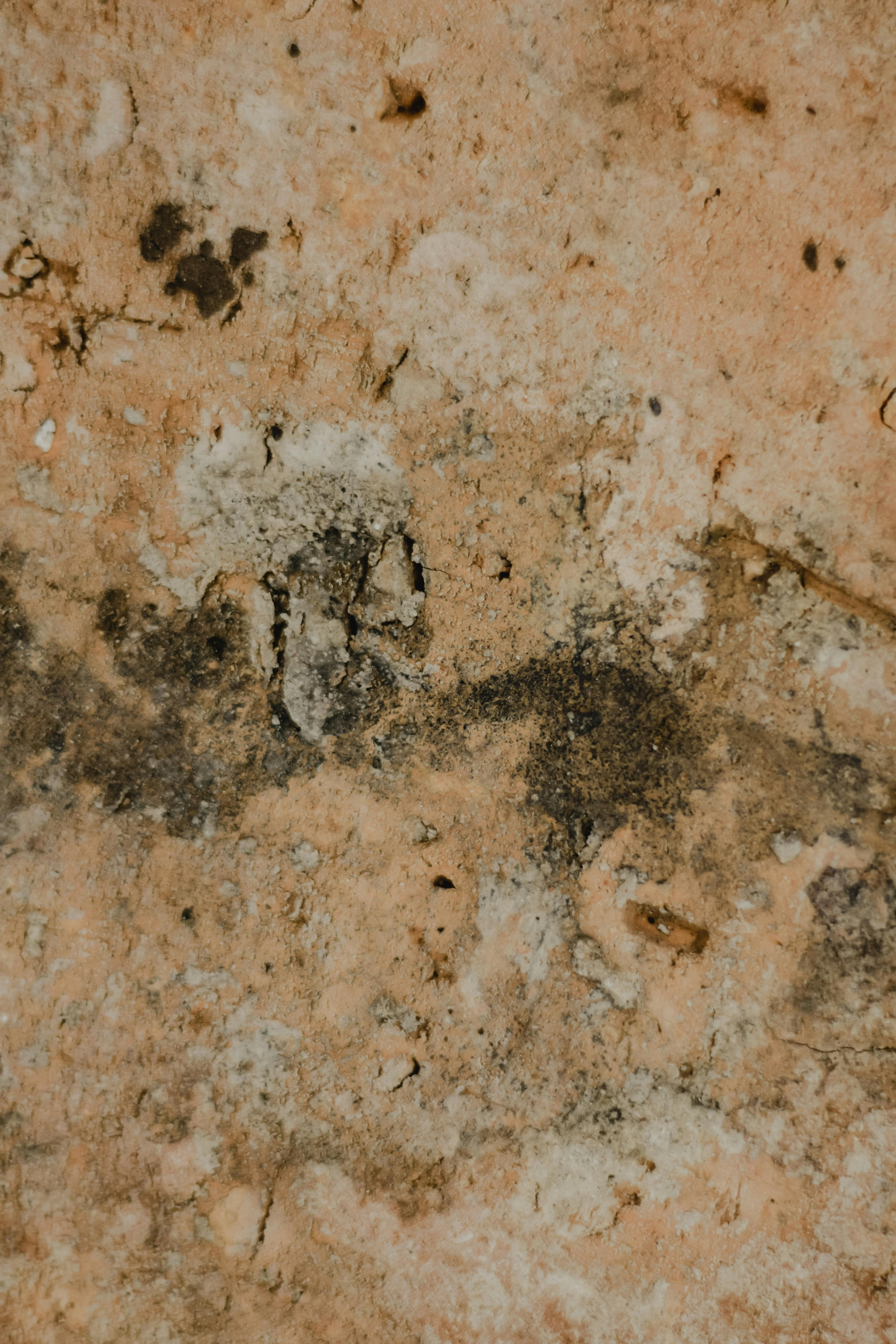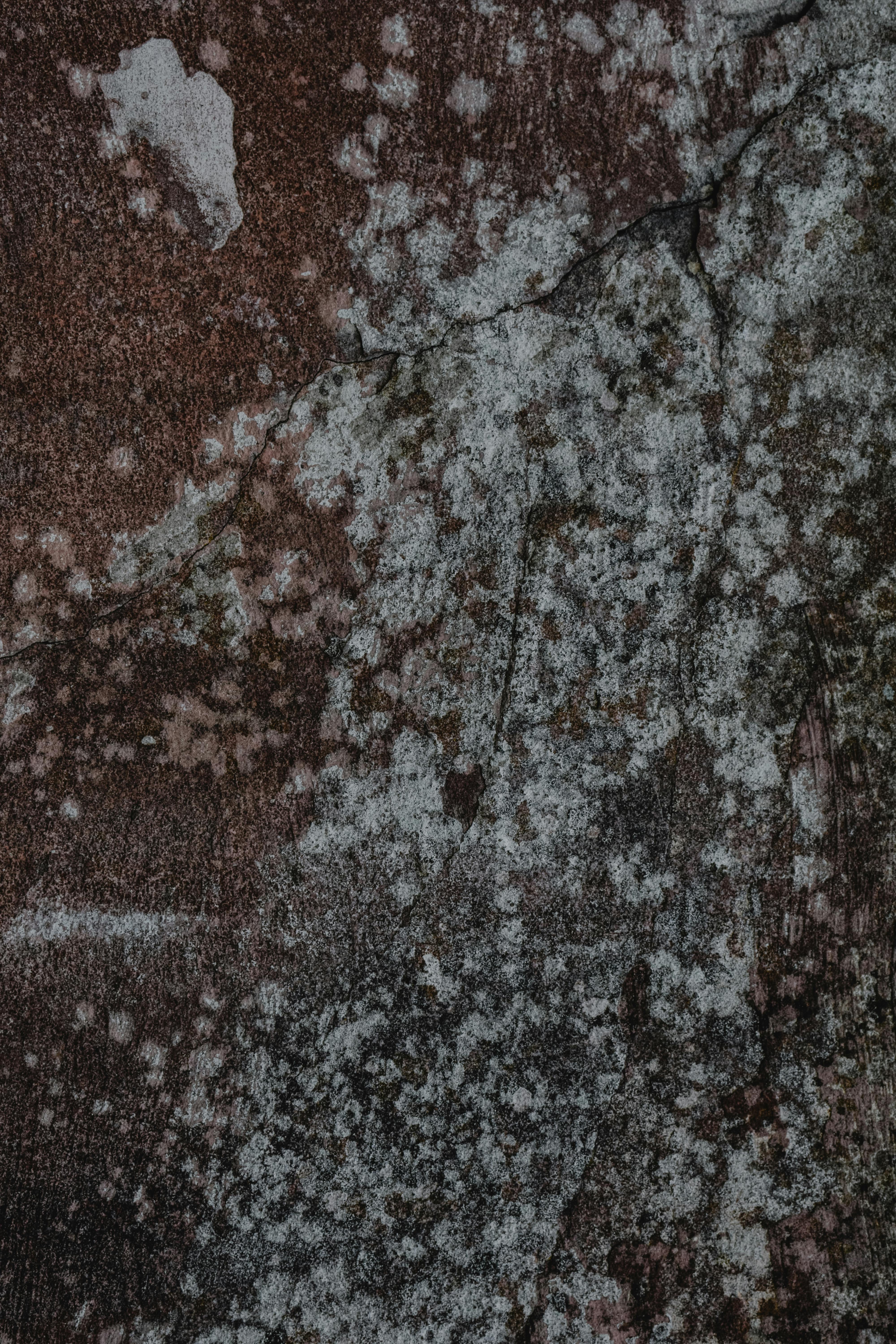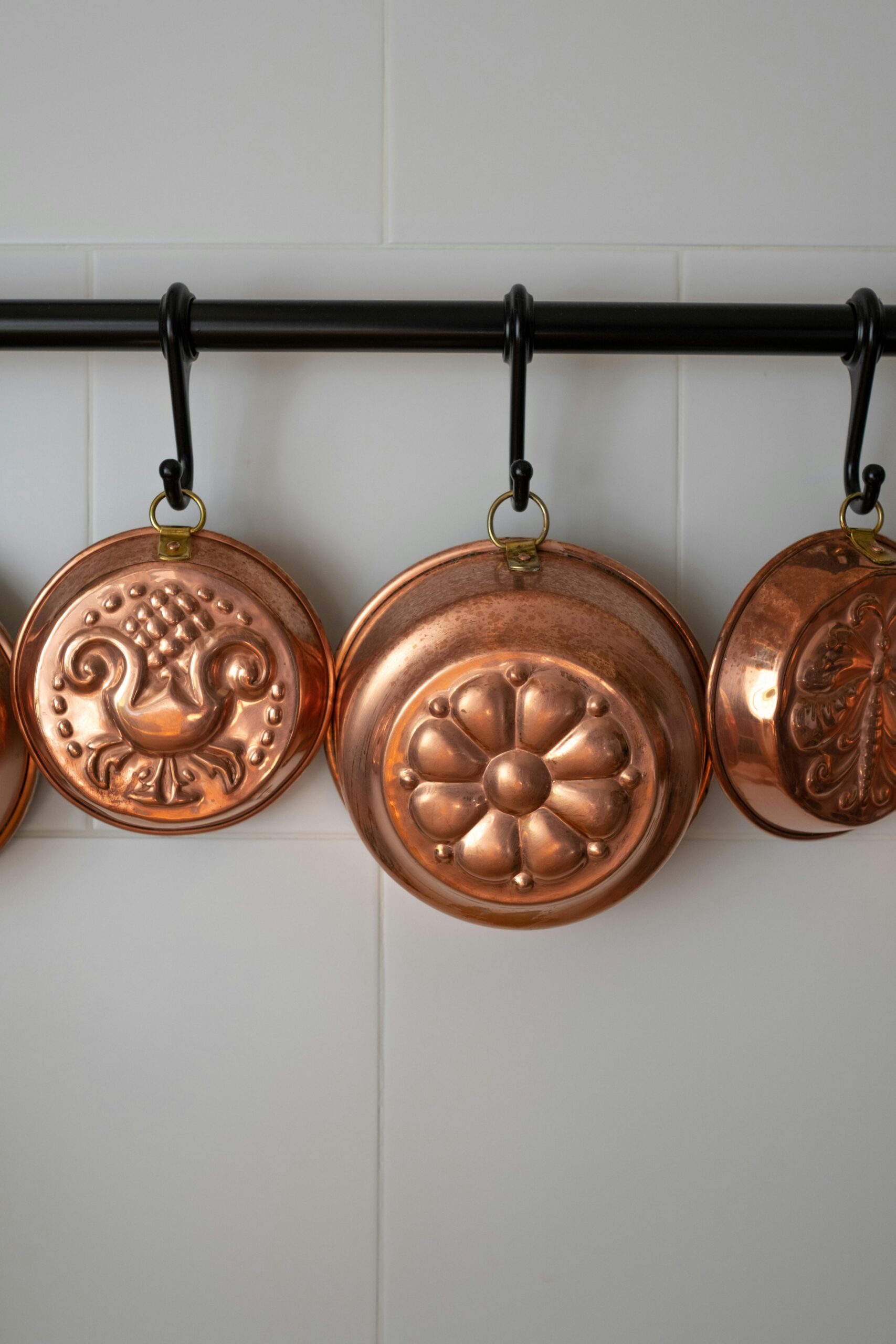Schimmel Wand: Understanding and Combatting Mold in Your Home
What is Schimmel Wand?
The term Schimmel Wand refers to mold growth on walls, a common issue in many households. Mold can thrive in damp and poorly ventilated areas, leading to a variety of health issues and structural problems in your home. Understanding what causes this mold growth is crucial for prevention and remediation. Generally, molds are fungi that grow in multicellular structures, often appearing as black, green, or white patches that can quickly spread across various surfaces.
Causes of Mold Growth
Mold spores are everywhere in our environment, but certain conditions can make your home a breeding ground for Schimmel Wand. High humidity levels, inadequate ventilation, and water damage are the primary culprits. Areas like basements and bathrooms are particularly susceptible due to the presence of moisture. Regularly inspecting these areas and maintaining proper humidity levels can prevent mold growth. It’s also important to address any leaks immediately, as standing water can create ideal conditions for mold proliferation.

Health Risks Associated with Mold
Exposure to mold can lead to numerous health concerns, especially for individuals with respiratory conditions or weakened immune systems. Symptoms can range from mild irritations like sneezing and skin rashes to severe issues, including asthma attacks or chronic respiratory illnesses. Understanding the health implications of Schimmel Wand is essential for every homeowner to protect themselves and their families. If you suspect mold growth, it is advisable to consult with professionals for a thorough inspection and guidance on remediation.
How to Identify Schimmel Wand
Identifying Schimmel Wand can be relatively straightforward if you know what to look for. Common signs include visible mold patches, a damp or musty smell, and peeling or bubbling paint. You can often find mold in hidden areas such as behind wallpaper, under carpets, or within wall cavities. To check for hidden mold, you may need to look into crevices and corners where moisture tends to accumulate. Regular inspections will allow you to catch any growth early, minimizing potential damage and health risks.
Preventing Schimmel Wand in Your Home
Prevention is key when it comes to managing Schimmel Wand. By implementing specific strategies, you can greatly reduce the likelihood of mold growth in your home. First, maintaining good ventilation throughout your living spaces can help control moisture levels. Using dehumidifiers in areas prone to dampness can also be beneficial. Regularly cleaning and inspecting areas that are often subject to moisture, like bathrooms and kitchens, is crucial for ongoing prevention.
Effective Ventilation Techniques
To combat Schimmel Wand, excellent ventilation is essential. Ensure that bathrooms and kitchens are equipped with exhaust fans that vent outside. Opening windows during dryer months can also help circulate air and reduce humidity. Additionally, consider installing vents in attics and crawl spaces, as these areas often accumulate heat and moisture, creating a perfect environment for mold growth.
Using Dehumidifiers
Dehumidifiers are practical tools for controlling humidity levels and can significantly help reduce the chance of Schimmel Wand forming. Aim for indoor humidity levels between 30-50%. As a rule of thumb, if you notice condensation on windows or walls, your home may need a dehumidifier. Place the unit in damp areas and check the water levels regularly to ensure optimal performance.

Regular Maintenance and Cleaning
Regular cleaning and home maintenance are essential in preventing Schimmel Wand. Create a cleaning schedule to regularly check and clean areas prone to mold growth. Use mold-resistant products when painting or renovating, and ensure that these surfaces are kept clean. Also, check for leaks and repair any plumbing issues quickly. The more proactive you are, the healthier your indoor environment will be.
Remediation Steps for Schimmel Wand
If you find yourself dealing with existing Schimmel Wand, understanding the remediation process can help alleviate the issue effectively. Mold remediation is not just about cleaning the visible areas but addressing the root cause of the mold growth. Depending on the extent of the problem, you may need to take different approaches to tackle it effectively.
DIY Removal Techniques
For small patches of Schimmel Wand, you may be able to tackle the issue yourself. Start by wearing protective gear including gloves, masks, and goggles. For non-porous surfaces, a mixture of water and detergent or a commercial mold remover can effectively clean the area. Ensure that the area is well-ventilated during the cleaning process. After scrubbing the affected area, dry it completely to prevent mold from returning.
When to Call Professionals
In cases of extensive mold growth or if you experience recurrent issues, it’s usually best to consult with mold remediation experts. They have the tools and expertise to identify hidden mold, assess damage, and safely remove it without risking further contamination. Additionally, professional services can test your indoor air quality to ensure that your living space is safe to inhabit after remediation is complete.
Post-Remediation Practices
After addressing Schimmel Wand, maintaining practices to prevent future growth is essential. Monitor indoor humidity and keep spaces well-ventilated. Regularly inspect your home for signs of moisture and mold regrowth. Setting up a home humidity monitor can help you track levels and react before conditions become favorable for mold. This proactive approach allows you to stay ahead of potential mold issues, ensuring a safe and healthy home environment.
Conclusion
Understanding and managing Schimmel Wand is fundamental for maintaining a healthy and safe living environment. By employing preventative strategies and knowing how to handle mold if it arises, you can protect your home and your health. Remember that early detection is crucial, and regular inspections will help keep your living spaces mold-free. Implement the tips discussed, and ensure your home remains a safe sanctuary for you and your loved ones.
Key Takeaways
- Control humidity levels to prevent mold growth.
- Regularly inspect and clean areas prone to moisture.
- Use dehumidifiers in damp locations.
- Address leaks and plumbing issues immediately.
- Consult professionals for extensive mold issues.
FAQ
1. Can Schimmel Wand affect my health?
Yes, exposure to Schimmel Wand can lead to respiratory issues, allergic reactions, and even chronic health problems for vulnerable individuals. It’s vital to address any mold growth in your home promptly to protect your health.
2. How can I tell if I have hidden mold in my home?
Signs of hidden Schimmel Wand include musty odors, visible patches in hidden areas, and water stains. Consider conducting a thorough visual inspection in damp areas and utilizing professional mold inspections if necessary.
3. Is it possible to prevent Schimmel Wand in new homes?
Absolutely! Implementing proper ventilation, using mold-resistant building materials, and controlling humidity during construction can help prevent Schimmel Wand in new homes. Regular maintenance is also essential.
4. What are effective cleaning solutions for mold?
Common solutions include diluted bleach, vinegar, and commercial mold removers. For non-porous surfaces, these methods are often effective in cleaning Schimmel Wand. Always follow safety guidelines when handling these substances.
5. How can I reduce humidity in my home?
Utilizing dehumidifiers, improving ventilation, and conducting regular maintenance are effective ways to lower humidity levels in your home, thus reducing the likelihood of Schimmel Wand.
